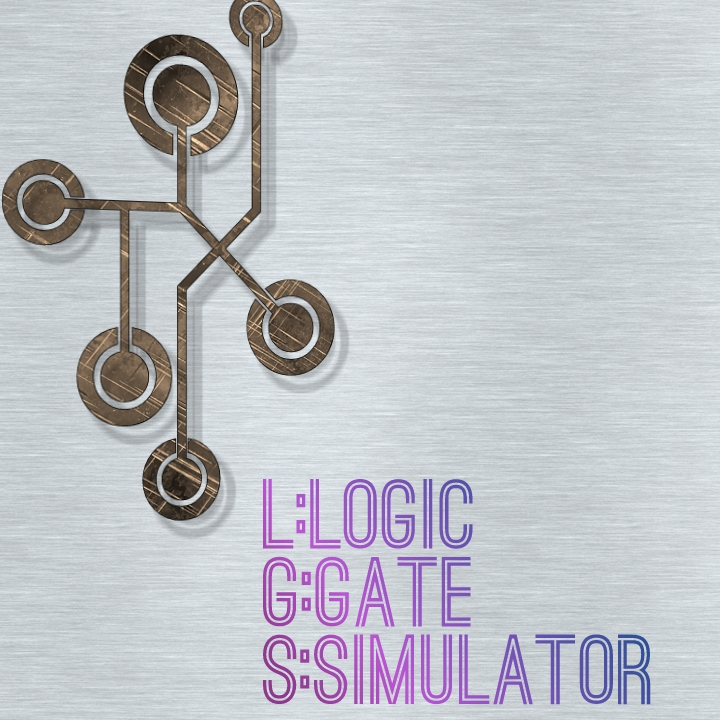A FULL ADDER can be constructed using basic logic gates, specifically two XOR gates, two AND gates, and one OR gate. The first XOR gate takes the two input bits, A and B, and produces a temporary sum bit (not the final sum bit yet).
The second XOR gate takes the temporary sum bit and the carry input bit, C(in), and produces the final sum bit, S.
The first AND gate takes the input bits A and B, and produces a carry bit when both input bits are high.
The second AND gate takes the temporary sum bit and the carry input bit, C(in), and produces another carry bit.
The OR gate takes the two carry bits from the AND gates and produces the final carry bit, C(out). By combining these gates as described, a full adder circuit can be built to add two binary digits and a carry bit.
Truth Table
| A |
B |
C_in |
SUM |
C_out |
| 0 |
0 |
0 |
0 |
0 |
| 0 |
0 |
1 |
1 |
0 |
| 0 |
1 |
0 |
1 |
0
|
| 0 |
1 |
1 |
0 |
1 |
| 1 |
0 |
0 |
1 |
0 |
| 1 |
0 |
1 |
0 |
1 |
| 1 |
1 |
0 |
0 |
1 |
| 1 |
1 |
1 |
1 |
1 |

LGS
logic-gate-simulator
Implementing AND , OR , XOR Gates in Pure HTML & CSS .
LGS is an experiment demonstrating the power of CSS selectors. Using LESS, logical operations can be declared and compiled into CSS selectors. LESS is a Learner Style Sheet, which is a dynamic preprocessor language that can be compiled into CSS.
Logic gates are the basic building blocks of any digital system. They are electronic circuits that have one or more inputs and only one output. The relationship between them is based on certain logic. We are going to study three gates: AND, OR, and XOR.